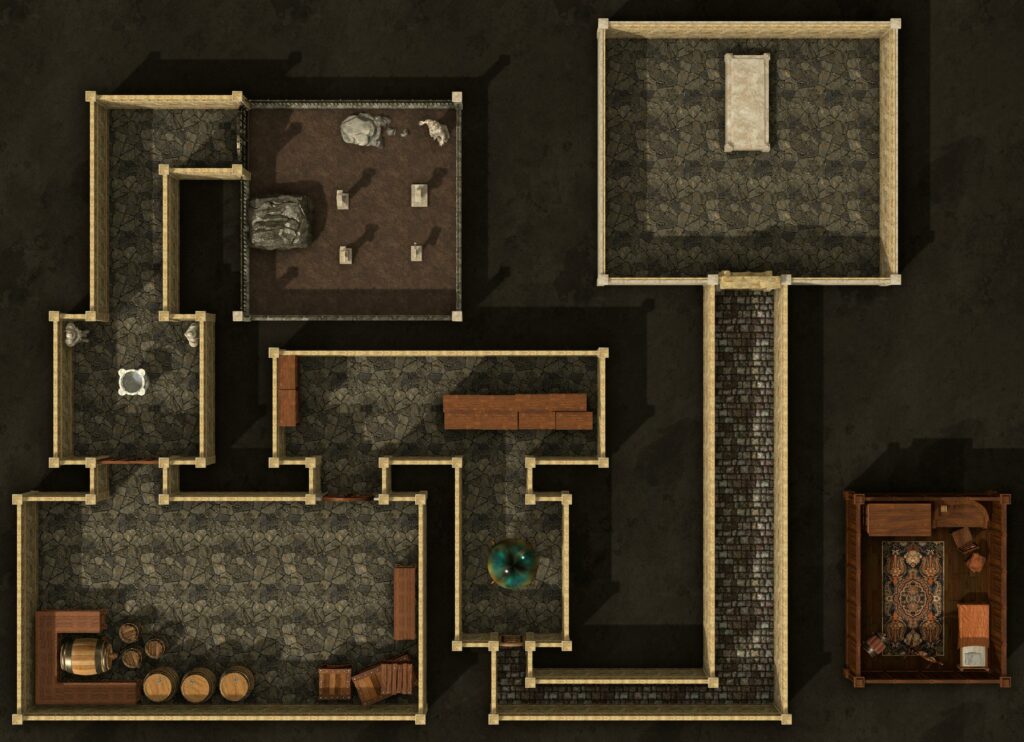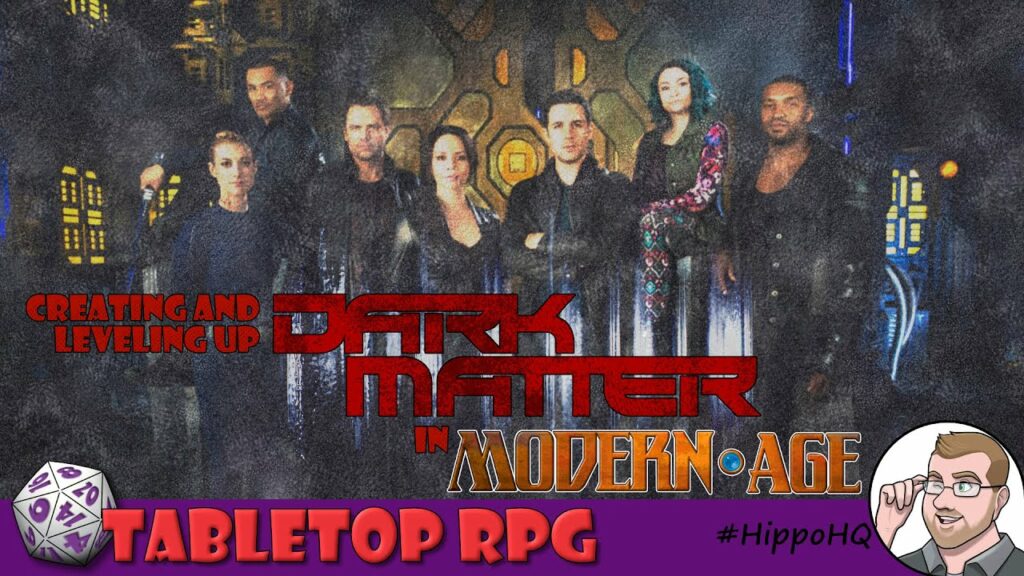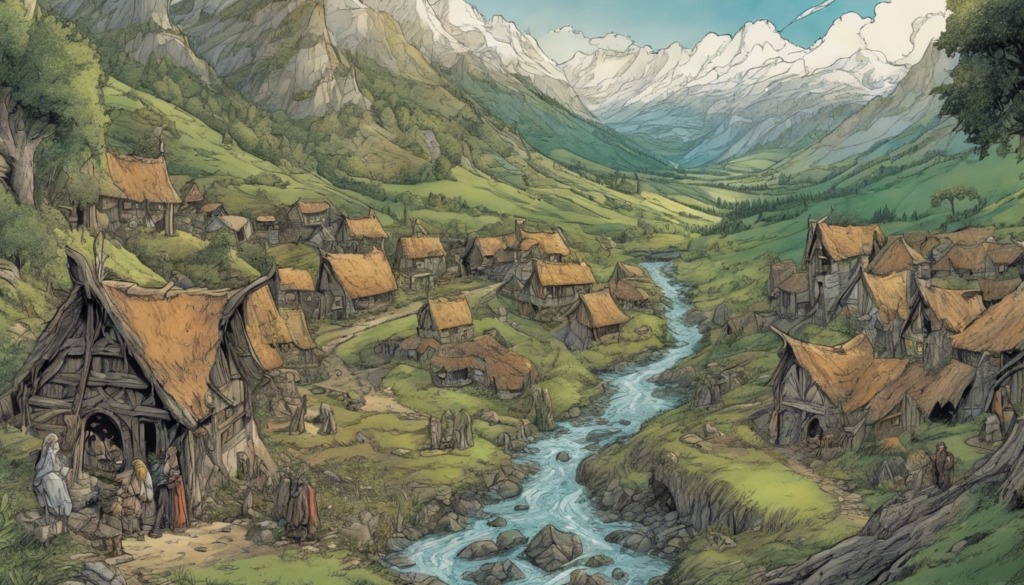In this article, I am going to delve into a homebrew mechanic that I incorporate into my tabletop AGE games. In virtually every game I’ve participated in, whether as the Game Master (GM) or a player, homebrew rules have played a significant role. Rarely does any gaming group adhere strictly to the Rules As Written (RAW), and more often than not, homebrew rules emerge, tailored to suit the preferences of the GM or the group as a whole.

The system I’ve adopted and adapted comes from D&D 5E — the advantage and disadvantage rules. While many systems already feature analogous mechanics, such as Pathfinder 2E’s True Strike spell, which essentially grants advantage on the next attack roll, the terminology may differ.

In the AGE system, a plethora of talents provides a pseudo-advantage, albeit in a milder form.

For instance, the Scouting talent allows players to re-roll Dexterity (Stealth) rolls, though they must retain the second result. Remarkably, this talent has persisted across various iterations of the AGE system, from Dragon Age to Cthulhu Awakens, with minimal alterations to its wording. However, adhering strictly to RAW, players often overlook these talents unless a higher-level version offers something more enticing. Enter my homebrew solution.
When a character possesses such a talent or attempts a task that is second nature to them but still carries a chance of failure or simply sounds exceptionally cool, they gain advantage on their roll. It’s crucial to note that this doesn’t grant the luxury of rolling six dice or rolling twice and choosing the higher result. Instead, it involves rolling four dice — two of one color and two of another. In cases of advantage, the player selects which dice to exclude, whereas in disadvantage, the GM makes the choice.
This seemingly subtle alteration has substantial implications:
- It increases the likelihood of rolling doubles, elevating success rates from 44% to a whopping 72%.
| Number of Dice | Number of unique rolls | Number of doubles possible | Chance of a double |
| 2 | 36 | 6 | 17% |
| 3 | 216 | 96 | 44% |
| 4 | 1296 | 936 | 72% |
- It provides players with greater flexibility in their rolls.
To illustrate its impact, consider a scenario from last Friday night’s game. A player needed to stealthily navigate past the Big Bad Evil Guy (BBEG). With 4 Dexterity and the Stealth focus, they boasted a +6 modifier. The BBEG, equipped with 2 Perception and the Smelling focus, rolled a 12 on their opposed test. This set the Target Number (TN) to sneak past at 16. The player then rolled a 2, 4, 5, and 2


Faced with uncertainty about the TN, they grappled with a decision: risk dropping the 4, settle for 15 with 2 stunt points.
Or discard the 2, sacrificing stunt points for a guaranteed pass.

They opted for the latter, passing with a 17, relieved to know they would have failed on the 15.
This mechanic also operates in reverse with disadvantage, where the GM determines which dice to remove. The choice between granting the player stunts or a heightened degree of success adds an intriguing dynamic to gameplay. Players must weigh the potential risks and rewards, introducing a level of decision-making not easily replicated with a single die. I invite you to share your thoughts on this rule in the comments below.
If you’re interested in acquiring the books and resources to make this a reality, consider using our affiliate link to visit the Green Ronin Store:
Your forever GM, Paul Shaw





